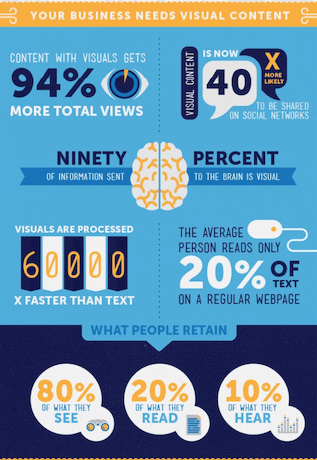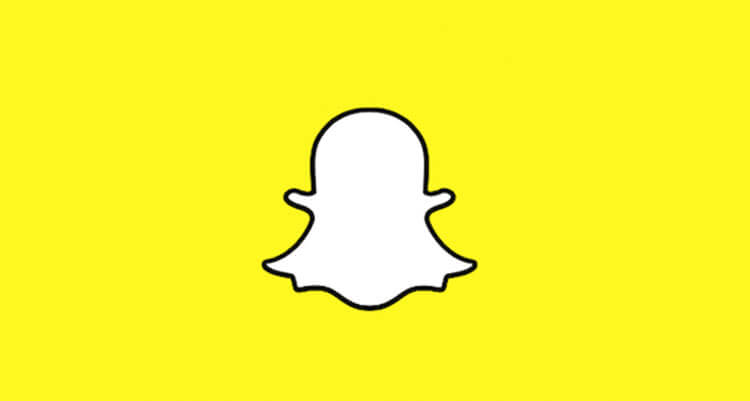Businesses in every industry have valuable stories to tell about their products and services. However, many are not utilizing the power of content, and their stories aren’t being heard. I believe it is important that companies incorporate content marketing into their lead generation and sales processes to give customers the information they really want. So, why is content important for B2B businesses? I’ve put together a list of my top reasons.
Quality content builds credibility and authority
Consistent, quality content can help establish your company as a leader in your industry. By writing thought leadership pieces, you are proving your expertise to those who might need your services. Gaining that credibility and authority is important when it comes to strengthening your relationship with current customers, as well as attracting the attention of new ones. The more you write and publish, the simpler it will be for you to convince your target audience that you are an expert in the business subject you’re promoting and selling. Your thought leadership de-risks their buying process.
Buyers are always looking for helpful content
According to LinkedIn, 79 percent of small businesses say that industry specific news and articles are the most valuable pieces of content they look for on social media. 79 percent! This illustrates that companies are out there reading and looking for answers. It’s important that your company is part of the conversation.
The B2B buying journey can take some time
The buying journey for B2B companies can often take much longer than it does for B2C companies. This is because you are building a relationship with your potential customers, rather than asking for a simple transaction. Because the process can often take some time, it is important to stay in touch with prospects throughout their journey. Helpful and relevant content acts as a great touchpoint and provides a way to initiate discussions and ensure loyal follow-up. It also doesn’t hurt that 74% of B2B buyers choose a vendor that’s first to help them with useful content, according to LinkedIn.
Google recognizes quality content
A high SEO ranking is the cherry on top of producing quality material. Marketing is a great way to promote your brand and reach new customers, as well as get recognized by Google, who will award your efforts with a good ranking. You just have to make sure you are publishing quality content consistently. However, while it can be tempting to write purely for SEO purposes, always be sure to focus on writing compelling content about the things your target audience would be most interested in. There is no downside to optimizing your content for SEO, but don’t lose sight of your primary goals when you create and deliver content.
Every B2B company has a story to tell and an audience to share it with, whether it is current clients, prospective clients or industry colleagues. Providing and publishing relevant content can make a major difference in creating a rewarding customer relationship. B2B businesses are embracing the benefits of content each day and are seeing direct results. Make sure your company doesn’t miss out on opportunities that content marketing can provide.









